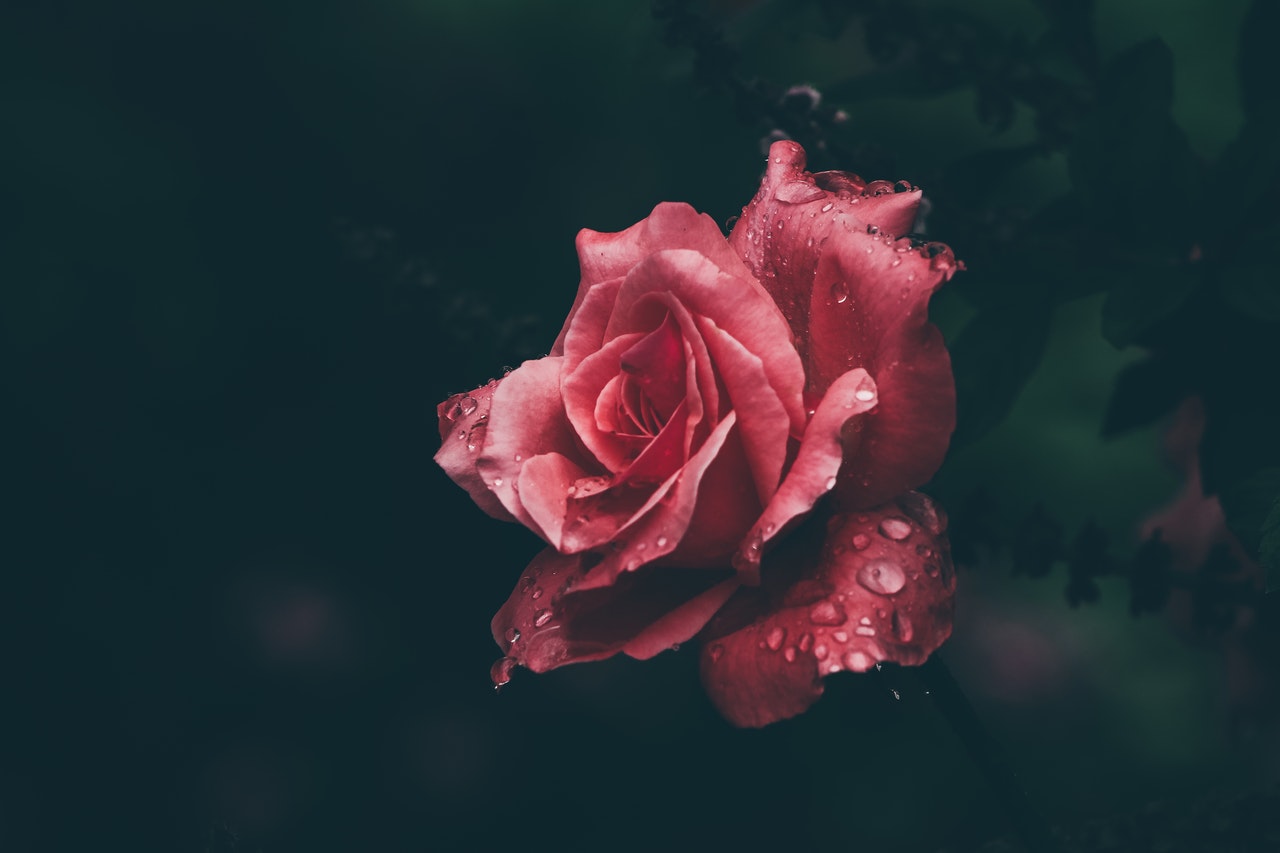After four hours, and a few motion sickness pills, a bus from Vientiane landed us in Vang Vieng resort town. It wasn’t our first time here, but the small town had changed so much, we could hardly recognize it. And for once, the changes were for the better.
Old Clichés
The once-tranquil farming town of Vang Vieng sits by the banks of the Nam Song River in-between Vientiane and Luang Prabang. These two major cities are connected by a single main road known as Highway 13 which winds its way up, down and through mountainous valleys. The arduous terrain combined with the poor state of the road (as well as the questionable roadworthiness of some buses) means many travelers stop off at this small town on at least one leg of their journey. And that’s certainly not a bad thing as Vang Vieng is blessed with natural beauty, from the peaceful river, the caves, lagoons and forests to its surrounding limestone peaks that have led some to dub Vang Vieng the Guilin of Laos.
On the back of this idyllic beauty, the small town started attracting international volunteers who came to teach English to local children or work on the organic farms. Then, around the turn of the millennium, came tubing; the recreational activity by which you ride a rubber tube down the Nam Song redefined Vang Vieng as a real party town.
As backpackers began arriving in droves, the tubing culture grew to incorporate more adventurous activities and new businesses, including bars and clubs along the river offering fun activities (like rope swings, zip lines and mud volleyball), buckets of booze, and drugs. Things would get particularly crazy at night at what became known as The Island, the small strip along the Nam Song where most of the clubs are. This, along with the many bars serving greasy Western fare and showing reruns of Friends and Family Guy around the clock, sealed Vang Vieng’s reputation as a type of Wild West town for shameless backpacker indulgence.
New Era
Of course, not everyone loved what Vang Vieng had turned into. Tubing and mushroom shakes are a lethal mix and given the almost non-existent safety measures, stories of drunken backpackers dying were never far from the news. According to The Guardian, at least 27 people died in 2011 alone. And then in November 2012, with Laos set to host the ASEAN Summit, the government decided to give the country’s top party destination a radical makeover by prohibiting drugs, alcohol, noisy music and dangerous games (such as rope swings) along the Nam Song. All 24 entertainment venues along the river were shut down and demolished, so that first-timers would barely know of their existence. The result has been a drastic downturn in visitors.
“There are a lot fewer tourists,” said Kee, 20, our kayaking guide on our recent visit. Kee works for the community’s cooperative organization that manages all the tubing and kayaking activities in Vang Vieng. “Those who already knew that [the government] had stopped entertainment activities along the river had already canceled their trips. The backpackers we are seeing today are those who just didn’t know that everything has changed.”
More optimistically, Kee told us that Vang Vieng is now welcoming a new kind of older traveler who seeks to appreciate the beautiful natural scenery without a need for alcohol-fuelled adventures. When asked if he likes the “new” Vang Vieng, Kee said, “All I know is that we earn less now than when everything was here. But the Nam Song is more beautiful. I’m sure there are more people who appreciate this kind of thing, too. Well, we’ll see how it goes.”
Luxury Arrivals
“I love what Vang Vieng is becoming,” said Thepharak Phanrajsavong, the owner of Riverside Boutique Resort (see Essentials), a new resort which has been open just six months on the right bank of the Nam Song River in the southern part of town, away from the old backpackers’ hub. Phanrajsavong said that given this fresh start, and the place’s obvious beauty, Vang Vieng has the potential to set itself up as more of a luxury destination. “Despite being known as a backpackers’ heaven, Vang Vieng is also a popular destination among Laotians and expats as it’s close to Vientiane. These people want to stay in a good hotel and hate those bars, but they just didn’t have any choice,” said Phanrajsavong of the now-gone party strip. “I know that infrastructure, things like roads, might push progress back, but if we wait until things are better nothing will happen. Everyone here needs to join together to start rebranding Vang Vieng now.”
In addition to Phanrajsavong and his resort, Silver Naga unveiled its contemporary rooms housed in a gray building earlier this year to join long-established upscale accommodation options like Elephant Crossing, Inthira and Ban Sabai. As for those who are not really into activities along the Nam Song, the Balloons Over Vang Vieng service can fly you above the town, the river and all those stunning limestone peaks. A 40-minute balloon ride flight costs US$80 (S$98).
“There’s plenty more to come. Entrepreneurs from Vientiane are looking to open more businesses here soon. We just need to balance the growth so that Vang Vieng doesn’t become Pai [in Mae Hong Son]. Next time you come, you’ll definitely see more changes. Good changes,” Phanrajsavong concludes. And we can’t wait to go back and check up on them.





